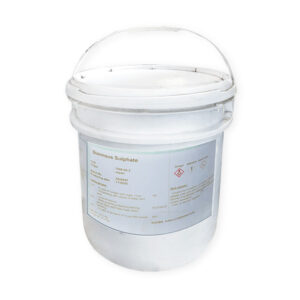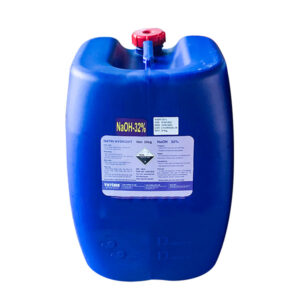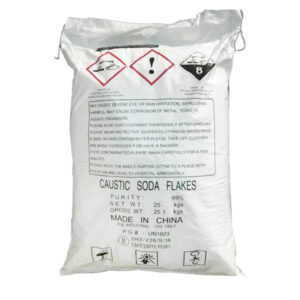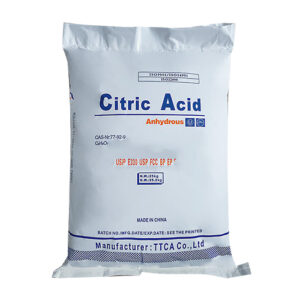Chemical formula: H2SO4
Chemical name: Sulfuric acid; Hydrogen sulfate
Origin: Vietnam, Korea
Density: 1.84 g/cm3
Specifications: Can/drum/tank/tank truck
Sulfuric Acid – H2SO4 98% is a strong inorganic acid, it is a viscous, colorless oily liquid, the type with impurities can be yellow, gray or brown, odorless, non-volatile, almost twice as heavy as water (H2SO4 98% has D = 1.84 g/cm3).
Physical properties:
Although it is possible to produce 100% sulfuric acid H2SO4, it loses SO3 at the boiling point to produce 98.3% acid. 98% acid is also more stable in storage, as it is the usual form of concentrated sulfuric acid. Other concentrations of Sulfuric Acid – 98% H2SO4 are used for different purposes. Some common concentrations are:
10%, dilute sulfuric acid for laboratory use.
33.5%, battery acid (used in lead-acid batteries)
62.18%, acid in tanks (lead) or for fertilizer production
77.67%, tower acid or Glover acid.
98%, concentrated
There are also different grades of purity. Technical grade Sulfuric Acid – H2SO4 98% is impure and often colored. But it is suitable for fertilizer and industrial use. Pure grades such as US Pharmacopoeia (USP) grade are used for the production of pharmaceuticals and dyes.
When high concentrations of SO3 (gas) are added to sulfuric acid, H2S2O7 is formed. It is called fuming sulfuric acid or oleum, or less commonly Nordhausen acid. The concentration of oleum is either expressed as % SO3 (called % oleum) or as “% H2SO4 (the amount formed if water H2O were added); the main concentrations are 40% oleum (109% H2SO4) and 65% oleum (114.6% H2SO4). Pure H2S2O7 is practically a solid with a melting point of 36 °C.
Chemical properties:
The hydration reaction of sulfuric acid is a highly exothermic reaction. If water is added to concentrated sulfuric acid, it will boil and splash dangerously. Therefore, when diluting acid, acid must be added to water, not water to acid. This phenomenon occurs due to the relative density of the two liquids, while water has a lower density than sulfuric acid. So it will tend to float on top. This reaction is more precisely a reaction that produces hydronium ions, as follows:
H2SO4 + H2O → H3O+ + HSO4–.
Afterward:
HSO4– + H2O → H3O+ + SO42-
Because the hydration of sulfuric acid is thermodynamically favorable (ΔH = 880 kJ/mol), sulfuric acid is a very good dehydrating agent, and it is used in the production of many dried fruits. The affinity of sulfuric acid for water is strong enough to take hydrogen and oxygen atoms from compounds containing them. For example, glucose (C6H12O6) will be absorbed by concentrated sulfuric acid to produce elemental carbon and the acid solution will become slightly dilute: C6H12O6 → 6C + 6H2O.
Applications of Sulfuric Acid
Sulfuric acid is a very important chemical and its consumption is an indicator of a country’s strength. The main application of this acid is the production of fertilizers such as phosphate fertilizers, sodium phosphate or is considered a central substance in the chemical industry.
Another use is to produce pesticides, detergents, chemical fibers, plastics, paints, etc.
It is also used in the production of phosphoric acid.
It is also used to produce aluminum sulfate, aluminum hydroxide and is known as paper alum.
Sulfuric acid is used for other purposes in the chemical industry. For example, as a catalyst for the conversion of cyclohexanone to caprolactam, it is also used in the production of hydrochloric acid from salt by the Mannheim process.
In the petrochemical industry, it is known as a catalyst for the reaction of isobutane with isobulene to produce isooctane (a compound that increases the octane rating of gasoline).
A mixture of sulfuric acid and water is used as an electrolyte in a variety of batteries….







Reviews
There are no reviews yet.